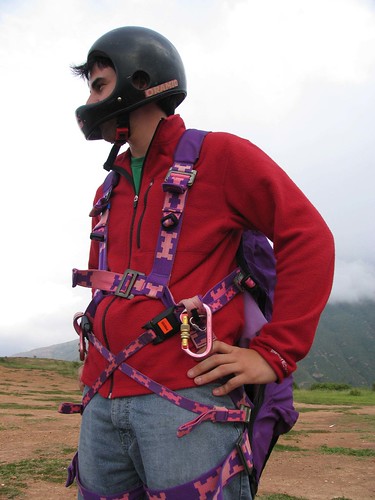The living museum
Early morning is the golden time in walled-in Old Cartagena. The sun is low, the vendors have yet to make their way into the center, and the beggar children are curled up in doorways, sleeping away restless nights. The plazas hardly stir; the streets shuffle around and squint in the creeping light. The Living Museum will not open for several hours.
If you are like us, then, early morning is the time to see Cartagena.
There are not many colonial South American cities with the European beauty and grace of Cartagena. It is certainly singular when compared to its run-down, unkempt colleagues along the Caribbean coast in both Colombia and Venezuela. In the whole of Latin America, probably only San Juan, Santo Domingo and Havana can stand with Cartagena in terms of past and present grandeur. And like its three sisters to the north, the city is a tourist hub, a package-tour dream, an all-inclusive cruise’s signature docking point. Cartagena is the kind of city highlighted in the monthly airline trade magazine found in your seat-back pocket, and it comes highly recommended by travel agents and distant family members alike.
All of this attention brings tourists, and plenty of them, to the island-city situated halfway between Panama and Venezuela on Colombia’s northern coast. They bring their money and their expectations of a European oasis set in darkest South America—civilization in the midst of the most notorious of uncivilized Latin American countries. They yearn to see streets trodden since the city’s founding in 1533. They plan out tours of the city’s forts and military outposts, which protected Cartagena from the sieges of European pirates like Sir Francis Drake throughout the 16th and 17th centuries, by which time the city had become the main Spanish port on the coastline and the gateway to the rest of South America. They come for the nearby beaches, the resorts, the shopping, the comfort. They come in droves.
The city, in need of the revenue and filled with the pride of having real historic treasures, spends and spends to restore and maintain the historic district. As a result, the center of Cartagena is perhaps more beautiful now than it was back during Spanish control, especially when compared to the rest of sprawling, gray, depressing modern Cartagena. Its churches are robust and proud, its plazas airy and inviting, its balconies lovingly rendered and omnipresent. It is an ideal at 8 in the morning.
But soon enough The Living Museum clears the sand from its eyes and starts its day. The paying customers, with their digital cameras and their “I’ve been to Cartagena” t-shirts and their goofy shorts with sandals and socks, flock to the dungeons-turned-gift shops, the trendy boutiques and the plaza-filling cafés. The workers hawk their goods, be they necklaces or hats or tapestries or Botero knockoffs or hammocks or emeralds or tours of a nearby archipelago or lunch specials or massages or hair-braiding services. It’s numbing and tiring and inescapable. The Living Museum is open every day, and every day it is full.
It’s hard to be a part of it all. Everyone plays his or her part, and there is something for everyone to consume: history, fine cuisine, cheap trinkets, not-so-cheap trinkets, designer bags, local flavor. It's the reason why Cartagena is so enticing, but it’s also why it’s so nauseating.
That’s why we found ourselves most happy in the morning. Brooke could paint, unmolested. I could think, unharassed. We could move in and out of the colonial pathways without the trappings of modern culture, and more importantly, without the modern frustrations of tourism. In a sense, it was like sneaking into a museum before it opened: No one was there to bother us, and so we had more time to linger on each precious inset doorway, each flower-shaded patio, each brick in the city’s impregnable outer wall. It was our way to enjoy the space.
But, as always, we developed museum glaze. Do you know the feeling, when you think you’ve spent too much time viewing pre-Colombian pottery or walked through too many rooms filled with Impressionist paintings and you can’t see but for outlines, dark against light, pigment blottings, and your eyelids deaden and your feet drag beneath you? A place even as outstanding as Cartagena can do that to you, too. And that’s why, after a while, we had to get out of The Living Museum. You can only look at and experience its permanent collection for so long.


1 Comments:
Brilliant writing.
It's funny. Japan doesn't really understand that tourism is one of the biggest industries in the world. It's starting to catch on, but they keep doing things like building huge, but obscure museums (salt and tobacco museum anyone?) and dams and ropeways up the sides of concrete paved mountains where the trees have been cut down to make way for powerlines and electrical towers. My city, blessed with an incredible view of Mt. Fuji and crumbling historical district refuses to tear down wires that cris-cross over the streets obscuring the skyline, but doesn't mind tearing down old houses and temples for a new 7-11.
Japan is a dying museum.
By Gaijin, at 9:30 PM
Gaijin, at 9:30 PM
Post a Comment
<< Home